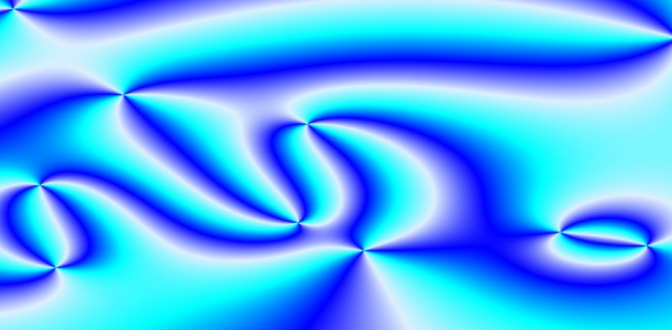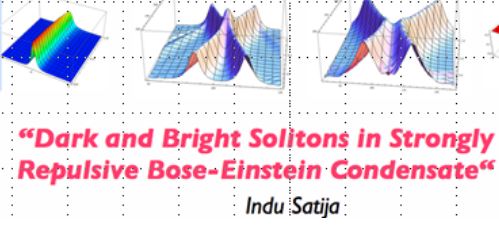A classical system can have multiple degrees of freedom whose properties can be measured independently and simultaneously with arbitray accuracy (limited only by the measuring device). However, quantum mechanics allows matter to exist in a “superposition” of different classical states. A quantum system in a “superposition” state will generally have properties whose measurements have random outcomes with predictable probabilities. Then, measuring different properties of the classical states that participate in the quantum superposition yields random, but correlated measurement outcomes. Such correlations are known as quantum entanglement.
A rather remarkable form of entanglement is that between a macroscopically large number of particles. The only forms of macroscopically entangled quantum matter that we have found so far in nature are superconductors and fractional quantum Hall states. The entanglement in superconductors is saddle and properly understood only when quantum fluctuations of the electromagnetic gauge field are taken into account (it is often ignored in literature). Apart from quantum Hall states, many other examples of entangled matter have been theoretically envisioned. The most notable example are spin liquids in quantum magnets, perhaps indirectly seen in a few experiments.
Quantum Hall effect and incompressible quantum liquids
Quantum Hall states are topological insulators without time-reversal symmetry. When …






 Additional questions and feedback on the Center for Quantum Science site can be addressed to:
Additional questions and feedback on the Center for Quantum Science site can be addressed to: